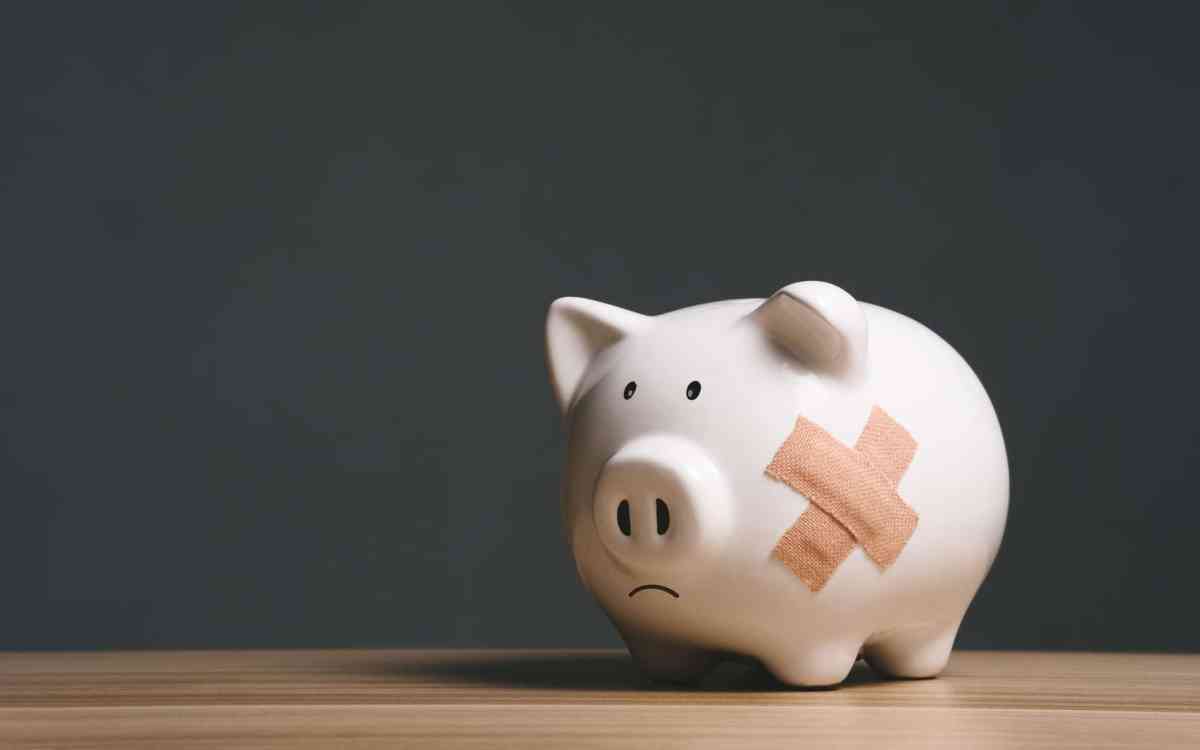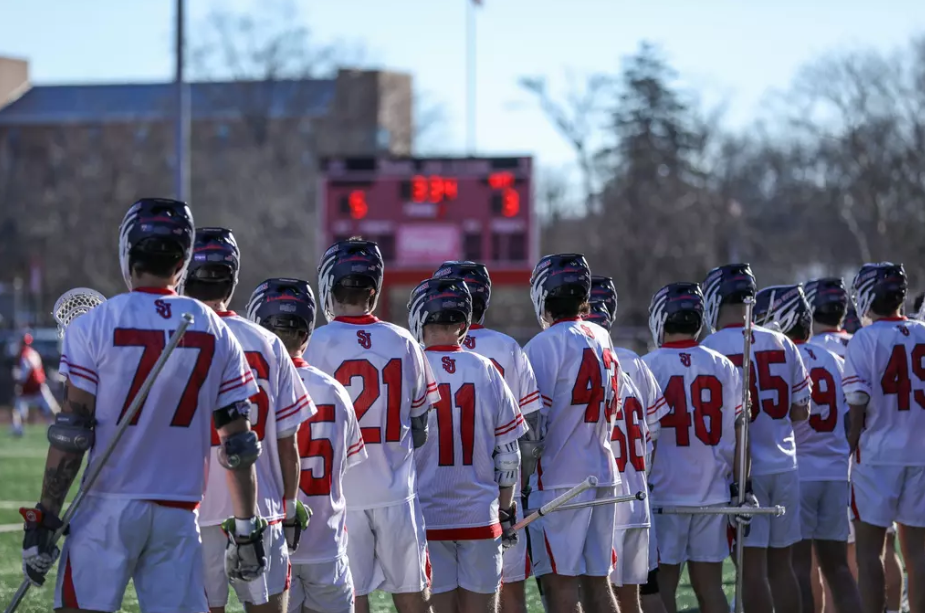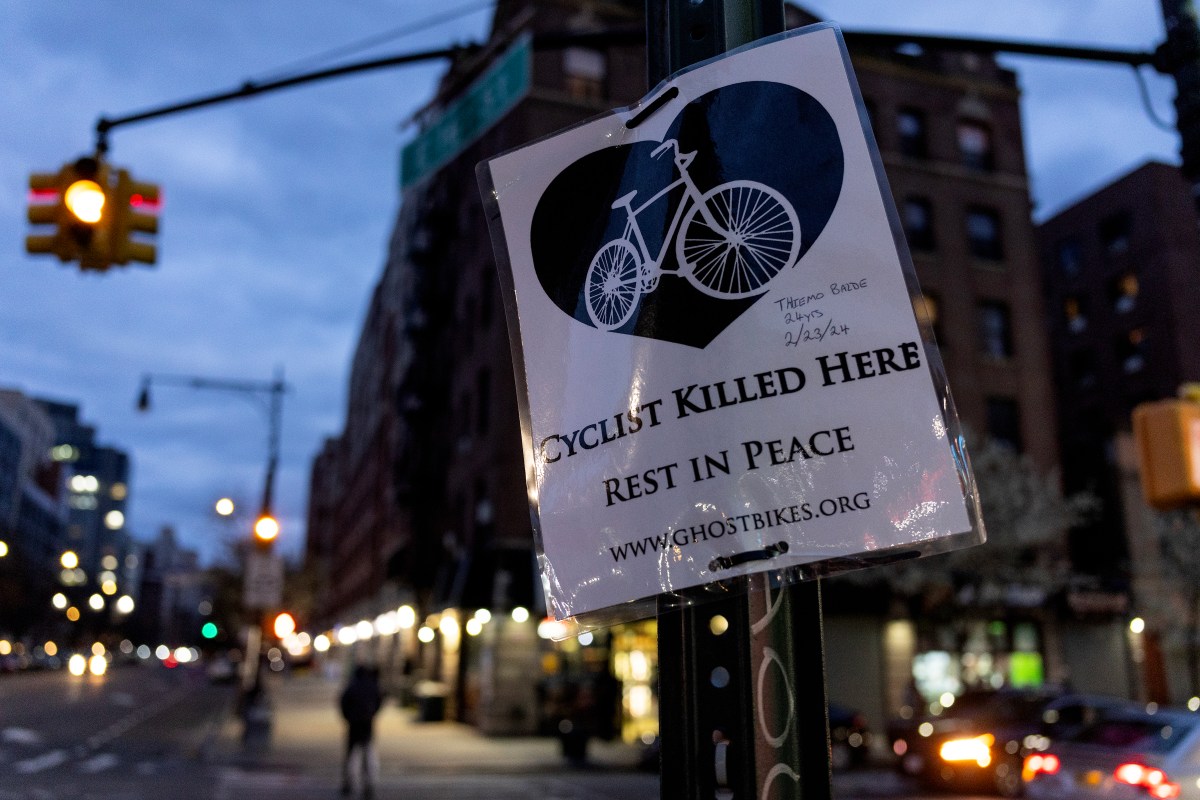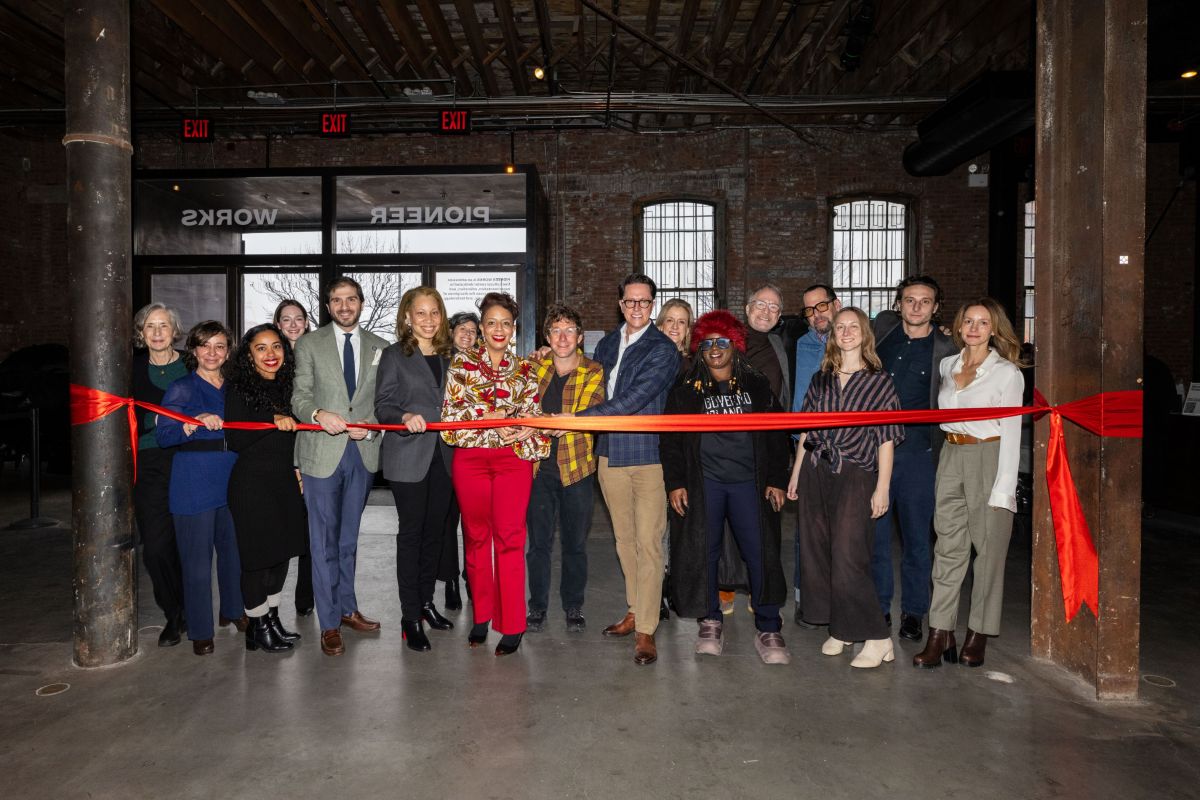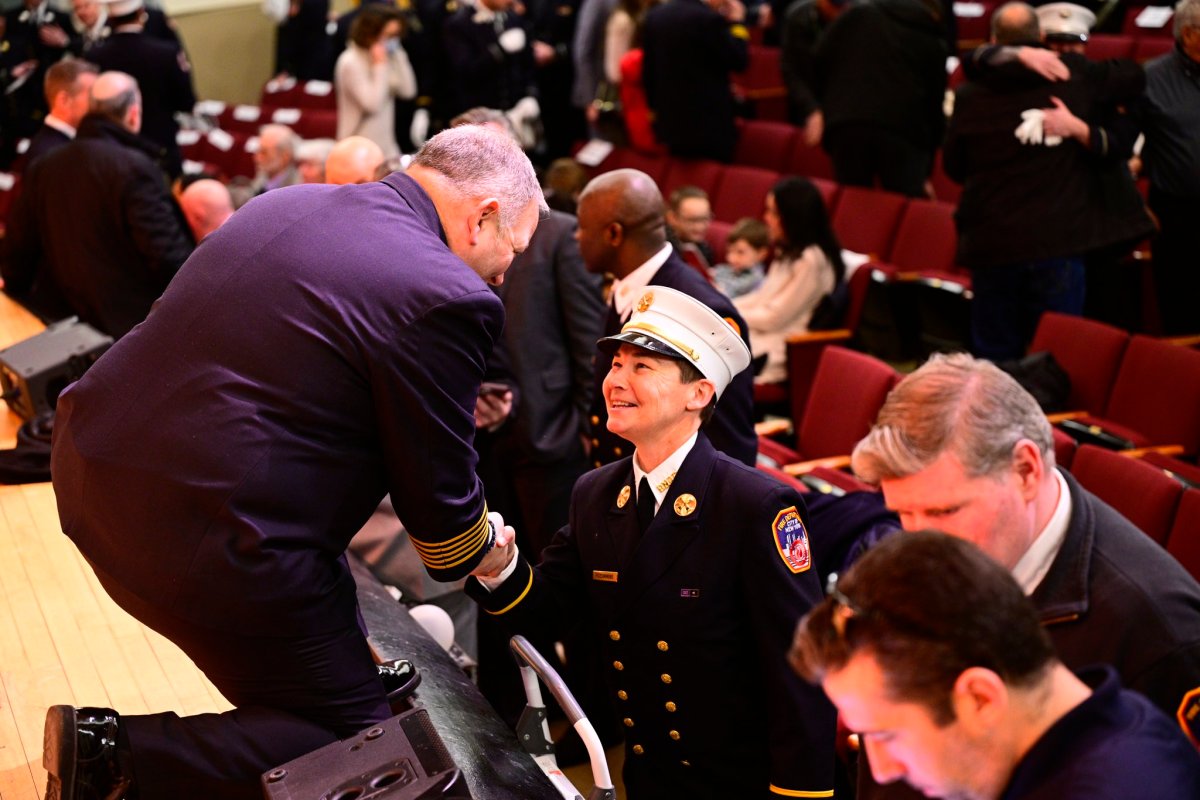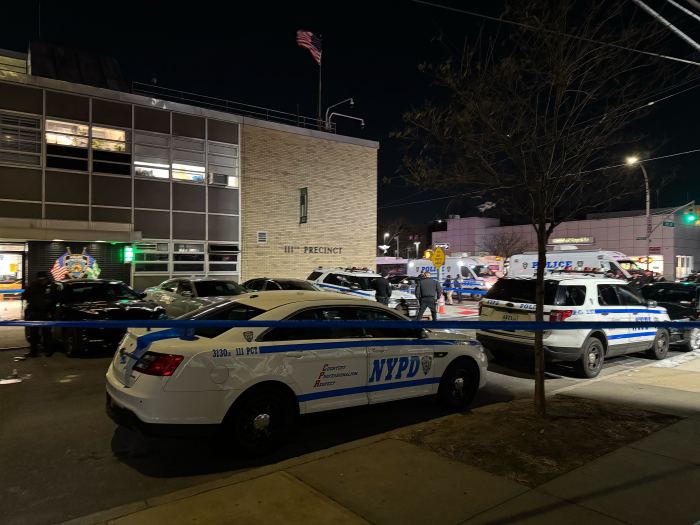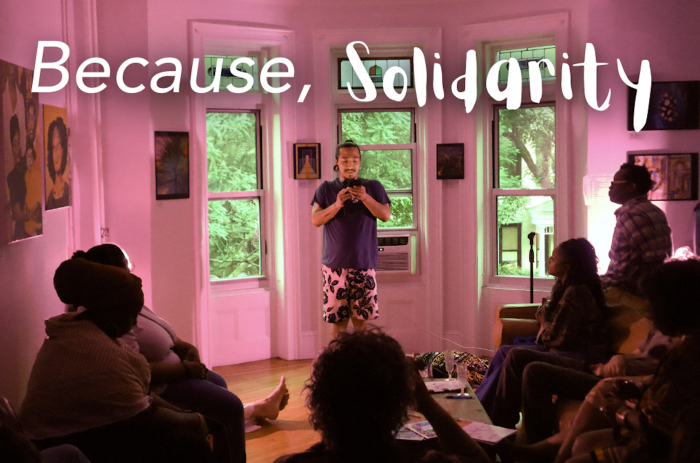More than half of New York City is living at or near the poverty line, according to a report released Wednesday from Robin Hood, a nonprofit that fights poverty, and Columbia University’s Center on Poverty and Social Policy.
The report, which is called the Poverty Tracker, comes out annually. This year’s report measured rates of poverty in all five boroughs in 2022 and found the largest single-year increase in poverty since the Poverty Tracker was launched in 2012.
Among the report’s key findings, the number of New Yorkers living in poverty grew from 1.5 million to 2 million between 2021 and 2022, with nearly 500,000 more people in New York living in poverty than the year prior.
At 56%, most of the city’s population lives in poverty or with low incomes.
Children are experiencing these struggles at an alarming rate, too. The child poverty rate jumped by 66%, rising from 15% to 25%. The report also indicates that poverty in NYC is nearly twice as high as the national poverty rate.
Chloe Sarnoff, director, policy research and initiatives at Robin Hood, called the statistics “disheartening.”
“One of the most powerful things about the Poverty Tracker is that we track families over time, so we can see how families move in and out of poverty or hardship,” Sarnoff explained. “We always knew that there were sort of half of New Yorkers who were experiencing some form of disadvantage, but more than half of New Yorkers living at or near poverty is really an alarming figure.”
What is the poverty line in NYC?
The city’s affordability crisis has presented challenges for many New Yorkers. For a renting household with two adults and two children in the city, the Supplemental Poverty Measure, or poverty line, is approximately $44,000.
Sarnoff explained that the poverty line is a threshold established to try and determine what it would take to afford “a really minimal” basic-needs level. But doubling that 44,000 number would be a more accurate representation of an income level whereby families can afford a decent standard of living, the report indicated.
Why is poverty so high in NYC?
Most New Yorkers have experienced the rising costs of everything from milk and eggs to utilities and gas, even non-necessities like streaming services.
But things were brighter economically for New Yorkers before the pandemic hit, according to Richard Buery, CEO of Robin Hood.
“Our city is in the midst of an affordability crisis,” Buery said. “Alarmingly, this year’s annual Poverty Tracker report observes the sharpest one-year increase in poverty we’ve found since launching the study in 2012. This would be deeply troubling at any point, but it is particularly disturbing given the steady progress New York City has made to reduce poverty in years prior — including during the pandemic, where 500,000 children avoided poverty thanks to temporary, stabilizing government policies.”
Pandemic-era policies stabilized life for many, according to the report, but as benefits expired, hardship and poverty became more widespread. Rising costs of rent and basic needs created more uphill battles for New Yorkers.
“2022 saw some of the city’s hard-won reductions in poverty and hardship of recent years reversed, at the same time that inflation and high rents took a toll on people’s wallets,” Christopher Wimer, director of The Center on Poverty and Social Policy at Columbia University, said. “The news is certainly grim, but if there is a silver lining it is that recent years have proven that well-designed policies can and do reduce poverty dramatically. We know what works, it’s just a matter of doing it.”
What New Yorkers are saying
The report found that 1 in 5 low-income New Yorkers are living paycheck to paycheck. New Yorkers of various incomes are struggling to pay for housing, bills and food.
Beatrice Shali-Ogli Bishop, 54, knows financial battles all too well. A native New Yorker and writer, she moved back to the city from upstate after her husband died in 2022. Her husband had Medicare, but his healthcare bills and other costs have left Bishop financially burdened.
“When you’re paying $2,300 a month in rent and $700 in utilities, it’s hard,” she said.
Bishop added that she’s been personally depressed over her finances and feels concern for others who are suffering financially, too.
“The economy is totally skewed. I don’t get how you can work all your life and then have no money,” she said. “It’s because of a lot of things. It’s a lot of corporate greed, it’s poor leadership on the federal and state level. And people of my generation counted on things that we didn’t get, so we overspent.”
Marcie Delapaz, another native New Yorker who’s lived in both Brooklyn and Staten Island, is on a fixed income and is finding it hard to decide between buying food and paying rent.
“Everything is so expensive, especially buying healthy foods. It’s become a luxury,” she said. “Traveling and shopping for necessity is a decision that you have to be strategic about. Rent has become for most at 60 to 70% of their income.”
She added that she’s frustrated with the housing market, too.
“The city needs to stop taking in these real estate developers’ money and actually do something for each community that is struggling to avoid more homelessness in the streets,” Delapaz said.
To read the full Poverty Tracker report or learn more about Robin Hood, visit robinhood.org.



